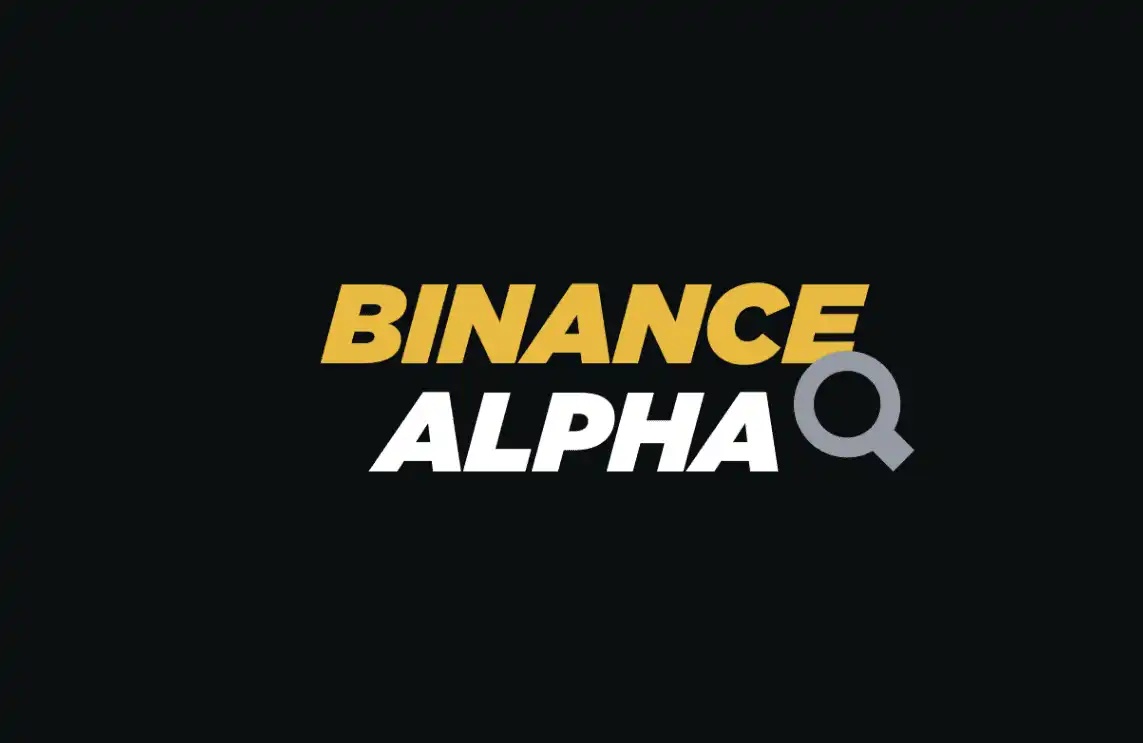United States' $8.7 Trillion Pension Fund's New Destination: Trump's New Policy Allows 401(k) Cryptocurrency Investment
Original Title: "Crypto Trading for Retirement Becomes Reality! Trump Takes All Americans to the 'Gambling Table'"
Original Source: BitpushNews
On August 7, 2025, a destined event quietly made a significant mark in American financial history.
Trump signed an executive order allowing American retirement savings accounts (401(k)) to officially invest in "alternative assets," including cryptocurrency, private equity, and real estate. From then on, an asset class that was once excluded by the mainstream financial system was formally included in the nearly $9 trillion U.S. retirement plan.
This was not only a key shift in regulatory attitude but also potentially a tipping point for digital assets to move towards true mainstream adoption.
From Niche Asset to Mainstream Channel: The Leveraging Effect of an Executive Order
For a long time, the U.S. 401(k) plan— a retirement savings tool serving 90 million workers— primarily invested in traditional assets: stocks, bonds, and index funds such as S&P 500 ETFs. Alternative assets, such as cryptocurrency, although increasingly active in the market, were long excluded from the retirement system, with regulatory agencies maintaining a cautious or even hostile stance.
But in 2025, everything started to change. Washington showed unprecedented goodwill towards digital assets, and the Trump administration actively promoted a "deregulation" wave, with crypto assets emerging as one of the most favored players in this wave.
Trump's new executive order required the Department of Labor to reassess relevant provisions in the Employee Retirement Income Security Act (ERISA), providing a "pathway" for including digital assets and private investments in the 401(k) plan, while also leaving room for regulatory agencies to "fine-tune rules."
According to the Financial Times, Trump's deep ties to the crypto industry played a role in this: "If it were only private equity, the order would likely not have progressed; it was cryptocurrency that ultimately sealed the deal for Trump."
What Allocation Is Possible? How Much Funding Could It Bring?
According to the latest data, the market size of the U.S. 401(k) plan is massive. As of the end of the first quarter of 2025, the total assets of the 401(k) plans provided by U.S. employers were approximately $8.7 trillion. The total assets of the entire U.S. retirement market (including 401(k), IRAs, etc.) amounted to an impressive $43.4 trillion.

So, how much funding could be allocated to cryptocurrency? There is currently no exact number.
Varys Capital's Managing Partner, Tom Dunleavy, provided a hypothesis:
"If every American's 401(k) account allocated 1% of existing assets to cryptocurrency, there would be $120 billion flowing into the crypto market. If it's 3%, that would be $360 billion; at 5%, it would go as high as $600 billion."

This represents a long-term and stable source of funding: most Americans automatically contribute a portion from their paycheck to their 401(k) every two weeks, and once digital assets are included in the asset pool, it signifies continuous passive buying behavior.
For a market still known for its volatility, this is not just funding but also an emotional bottom. "This will bring a more stable price support range to Bitcoin and Ethereum," Dunleavy stated.
Ryan Rasmussen, Director of Research at Bitwise, added:
"In the short term, this executive order sends a signal to the market: crypto assets have moved from the fringes to institutional recognition."
ETF: The Optimal Bridging Mechanism
In addition to directly incorporating into 401(k) asset pools, crypto ETFs have become the most promising channel.
By mid-2025, Bitcoin and Ethereum-related ETFs had attracted over $13 billion in net inflows. The iShares Bitcoin Trust (IBIT) launched by BlackRock and VanEck's Ethereum ETF (ETHV) achieved 20% and 11% year-to-date returns, respectively.
The benefits of ETFs are obvious:
· No need to open a crypto wallet;
· No need to transact on decentralized exchanges;
· Issued by regulated fund companies;
· Can be included in a portfolio alongside traditional assets.
Just as buying GLD gold ETF is much more convenient than purchasing physical gold bars, ETFs have become the preferred tool for retirement investors to enter the crypto space.
How Far Away is Real Execution?
The Trump administration's executive order can signal a direction, but there are multiple real-world barriers between what is "written on paper" and what appears "in the account." The reform of including cryptocurrency assets in a 401(k) is currently caught in the gap between "policy intent" and "execution reality."
We can analyze the complexity of this implementation path from three dimensions:
Regulatory Barriers Are Not Yet Fully Removed
While the president has signed an executive order, the order itself does not immediately change regulations. Its role is to direct institutions such as the U.S. Department of Labor (DoL) and the Securities and Exchange Commission (SEC) to "reassess and modify" current regulatory rules.
According to CNBC, current 401(k) plans are governed by the Employee Retirement Income Security Act (ERISA), which explicitly requires plan trustees to follow the "prudent man rule" to maximize participant benefits. However, the high volatility, poor liquidity, and opaque valuation of cryptocurrency make it difficult to pass the prudence test. In 2022, when Fidelity introduced a bitcoin allocation option for 401(k), it immediately faced scrutiny and review pressure from the Labor Department. Despite the policy shift in 2025, with detailed rules yet to be released, fund providers still face potential compliance litigation risks if they act recklessly.
Plan Providers' Real Concerns: Don't Want to Be a "Scapegoat"
401(k) plans are mostly operated through employer partnerships with third-party service providers, involving major platforms such as Vanguard, Fidelity, and Empower. However, up to now, many platforms have generally maintained a cautious wait-and-see attitude towards cryptocurrency options.
The reasons mainly include:
· Heavy legal responsibility: If investors incur losses, fund managers and employers may be sued for "breach of fiduciary duty."
· Lack of investor education: Most 401(k) users lack understanding of cryptocurrency assets and are prone to misjudging risks.
· High cost of technical integration: Introducing a new asset class requires reintegration of risk control systems, reporting logic, KYC processes, which is no small feat.
Therefore, even if policies allow it in the short term, most cryptocurrency investments will still need to rely on the "Self-Directed Brokerage Window" channel. This mechanism is currently mainly present in the 401(k) plans of some large companies. This method is usually only used by a few employees who have a deep understanding of investments. As a core investment option, the most likely vehicles will be spot Bitcoin and Ethereum ETFs because these products are relatively mature and subject to higher regulation.
The inherent uncertainty of the crypto market remains the biggest variable
Even with relaxed regulation and enforcement willingness, whether the crypto market is truly ready to absorb long-term capital remains an unknown.
· Bitcoin and Ethereum have experienced significant rebounds this year, but still come with over 30% intraday high volatility;
· Leveraged ETFs and on-chain derivative products are emerging rapidly, further amplifying retail investors' risk;
· The shadow of FTX and other platforms' collapses has not completely dissipated, and the rebuilding of investor trust is still ongoing;
· For many regulators, crypto assets still lack predictability and a stable income logic.
In CNBC's "ETF Edge" program, Sal Gilbertie, President of Teucrium Trading, pointed out: "Leveraged crypto ETFs are aggressive products, not suitable for retirement portfolios—they are designed for day trading."
"From the Edge to the Core," Sixteen Years Journey
It took 16 years from 2009 when Satoshi Nakamoto mined the first Bitcoin to 2025 when it was included in the U.S. pension system.
This "from the edge to the core" transformation is not accidental but the result of multiple forces—political motives, investment consensus, market logic, technological progress—interwoven.
One must acknowledge the fact that the Trump family and its core circle have close business ties to the cryptocurrency industry. Public data shows that several billion dollars of their family assets are already invested in cryptocurrency and related companies. The process of cryptocurrency moving from the edge to the mainstream reflects not only a shift in regulatory attitudes but also sparks discussions about power and capital relationships.
Today, as cryptocurrency is integrated into 401(k) pension plans, its role has fundamentally changed—it is no longer just a speculative asset but is gradually becoming part of the national financial system. However, this transformation has only just begun. Can cryptocurrency truly become a reliable option for pension fund investment? At present, it still needs to face multiple tests such as market volatility, regulatory frameworks, and long-term value. Ultimately, this experiment is not only about investment returns but may also reshape the future landscape of the financial system.
Welcome to join the official BlockBeats community:
Telegram Subscription Group: https://t.me/theblockbeats
Telegram Discussion Group: https://t.me/BlockBeats_App
Official Twitter Account: https://twitter.com/BlockBeatsAsia
 Forum
Forum

 Finance
Finance
 Specials
Specials
 On-chain Eco
On-chain Eco
 Entry
Entry
 Podcasts
Podcasts
 Activities
Activities
 OPRR
OPRR









